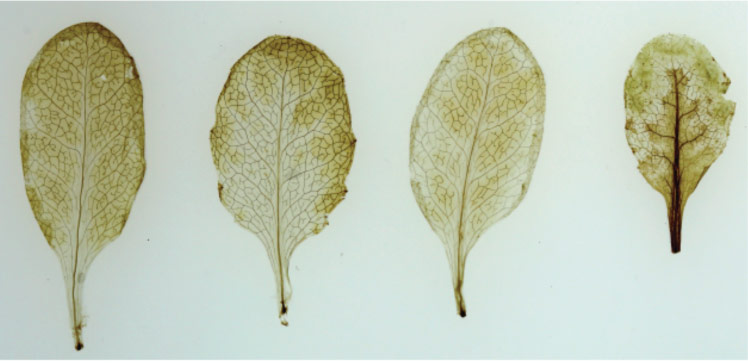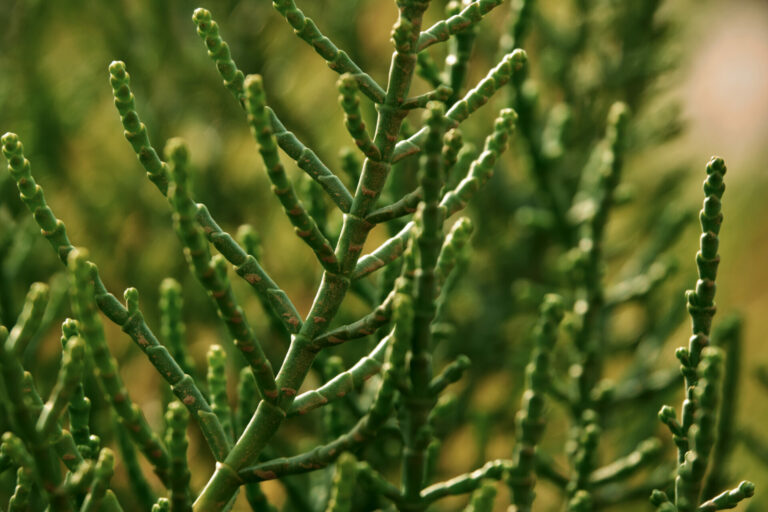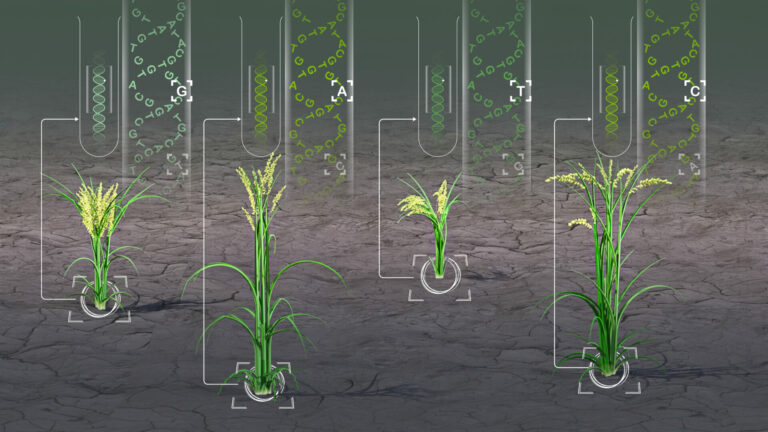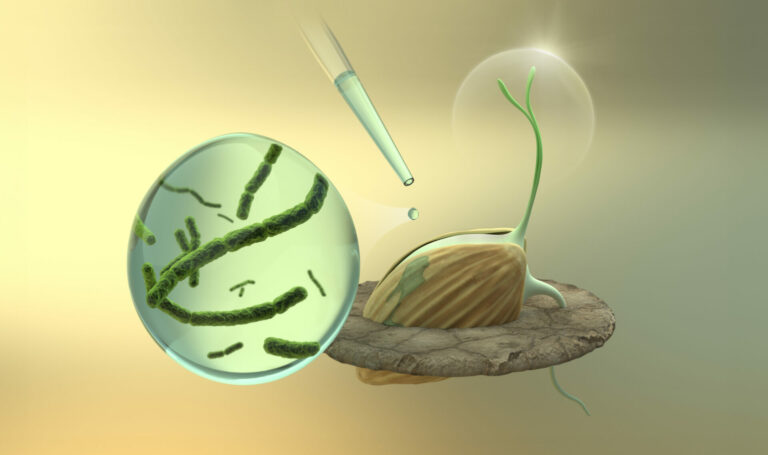Plant Science
A master regulator of plant immunity
Stress-response protein promotes the accumulation of metabolites that help anti-pathogen defenses.

The demonstration that a regulatory protein linked to stress responses in plants also serves as a master switch for anti-pathogen immunity could help breeders develop more pest-resistant and climate-resilient crops.
The KAUST-led discovery suggests that, rather than focusing on individual immune signals involved in plant defenses, agricultural scientists looking to implement sustainable crop protection strategies could simply focus their efforts on this one all-important protein.
“The identification of OXI1 as a single molecular switch of immunity offers a number of big advantages in molecular breeding,” says study lead Heribert Hirt, a professor of plant science at KAUST.
Hirt’s finding was nearly two decades in the making. In 2004, he and his colleagues first identified a gene called OXI1 — short for oxidative signal-inducible 1 kinase — that was critical to plant responses in the face of environmental stresses.
Over the next 18 years, Hirt and others then connected OXI1 with various aspects of plant immunity and growth, but it was not entirely clear how the protein exerted its biological effects. And while scientists had detailed the ways in which three key immune-related metabolites — salicylic acid (SA), N-hydroxy pipecolic acid (NHP) and camalexin — contribute to pathogen defenses, their connection to OXI1 signaling was unknown.
It took Hirt and Anamika Rawat, a postdoctoral research fellow in his lab, to connect the dots. The researchers created mutant forms of Arabidopsis plants that either lacked OXI1 function or had elevated expression of the regulatory protein. Together with collaborators in Germany and France, they then comprehensively profiled gene activity patterns, protein abundances and metabolite levels in these plants.
Collectively, the researchers showed how OXI1 triggers a handful of genes that promote the synthesis of SA, NHP and camalexin. The buildup of these three immune-promoting molecules then confers greater protection against plant pathogens.
But the extra immunity brought on by OXI1 activity comes at a cost: it makes for stunted plants that show a greater propensity for cell death. Plants with lower OXI1 levels, while more susceptible to infection by bacterial and fungal pests, tend to grow bigger, with more active photosynthetic machinery.
Crop developers will therefore have to find the right balance of OXI1 activity for their agricultural applications. As a protein kinase, OXI1 should be amenable to manipulation, Hirt points out.
Already, there are dozens of kinase-targeted small-molecule drugs in widespread use in human medicine. Knowledge gleaned from the development of those agents, he says, should now be put to use in the discovery of OXI1 modulators for crop improvement.
References
- Rawat, A.A., Hartmann, M., Harzen, A., Lugan, R., Stolze, S.C., Forzani, C., Abts, L., Reißenweber, S., Rayapuram, N., Nakagami, H., Zeier, J. & Hirt, H. OXI1 induces immunity by coordinating N-hydroxypipecolic acid, salicylic acid and camalexin synthesis New Phytologist advance online publication, 1 November 2022.| article
You might also like

Bioscience
Hidden flexibility in plant communication revealed

Plant Science
Reference genomes for rice’s wild relatives may boost future crops

Bioscience
Digging into the world of plant-growth-promoting microbes

Environmental Science and Engineering
Hydrogen storage solution could lie in lakes

Bioscience
Unraveling modern bread wheat from the genes up

Bioscience
Why do some plants thrive in saline conditions?

Bioengineering
Analytic tool reveals more cream of the crops

Plant Science




